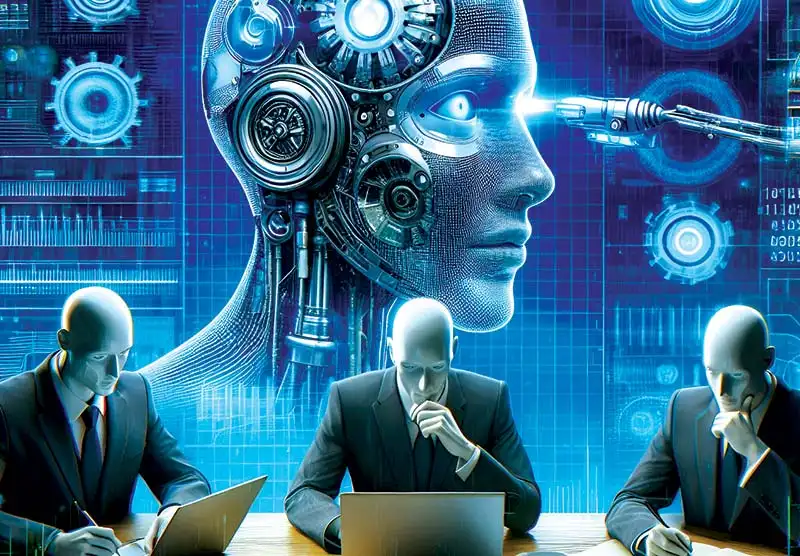Blitz Bureau
NEW DELHI: India’s artificial intelligence (AI) journey has entered a decisive phase. What began as scattered experiments in digital governance is now taking the shape of a national mission backed by strong political intent, substantial funding, and a clear focus on democratising frontier technology.
Earlier this year, the Union Cabinet approved the IndiaAI Mission with a ₹10,371.92 crore, five-year outlay. Anchored in the Ministry of Electronics and Information Technology (MeitY), the programme is designed not just to keep pace with global AI leaders, but to build a uniquely Indian model that combines access, inclusion, and safety.
Public infrastructure
The most visible progress has been in compute power, often described as the oil of the digital age. In May 2025, India’s pooled GPU infrastructure crossed 34,000 units, rising to over 38,000 today. By treating compute as shared infrastructure — accessible at subsidised rates to startups, researchers, and public bodies — the mission has started to correct a long-standing bottleneck. For an ecosystem once starved of affordable computing power, this shift could prove transformative.
Homegrown innovation
The launch of the IndiaAI Datasets Platform marks another turning point. Through AIKosh, the Government is aggregating non-personal, India-specific datasets and inviting contributions of models and use cases.
At the same time, calls for proposals to develop foundational models have been issued, with several domestic firms shortlisted for incentives. This is a deliberate push to build Indian-language and domain-specific AI tools, reducing reliance on Western or Chinese stacks and encouraging indigenous innovation.
Responsible growth
Crucially, India is not ignoring the risks. The creation of the IndiaAI Safety Institute reflects an early recognition that AI’s future must be anchored in trust and accountability. Regulators such as the RBI and Sebi are also exploring frameworks to ensure AI strengthens financial systems without creating new vulnerabilities.
Ground-level adoption
The mission also invests in skilling and talent development through fellowships and innovation grants. On the ground, pilot projects are already taking shape. Nagpur’s AI Mitra chatbot is offering citizens bilingual assistance with civic services, while startups are experimenting with models such as Bharatiya GPT to preserve and digitise India’s ancient scripts. These are small but significant signals of how AI could serve both governance and cultural needs.
India’s positioning
Taken together, these moves position India as a responsible global voice in the AI debate. The mission dovetails with India’s G20 emphasis on sharing digital public goods with the Global South. With a Global AI Summit planned for 2026, India is signalling that it does not intend merely to consume AI technologies, but to shape their use for inclusive development.
The IndiaAI Mission is still unfolding, and execution speed will remain a test. Yet the framework is in place: compute, data, and safety as pillars, with democratic access at the core. India is not running someone else’s AI race — it is crafting its own playbook.



